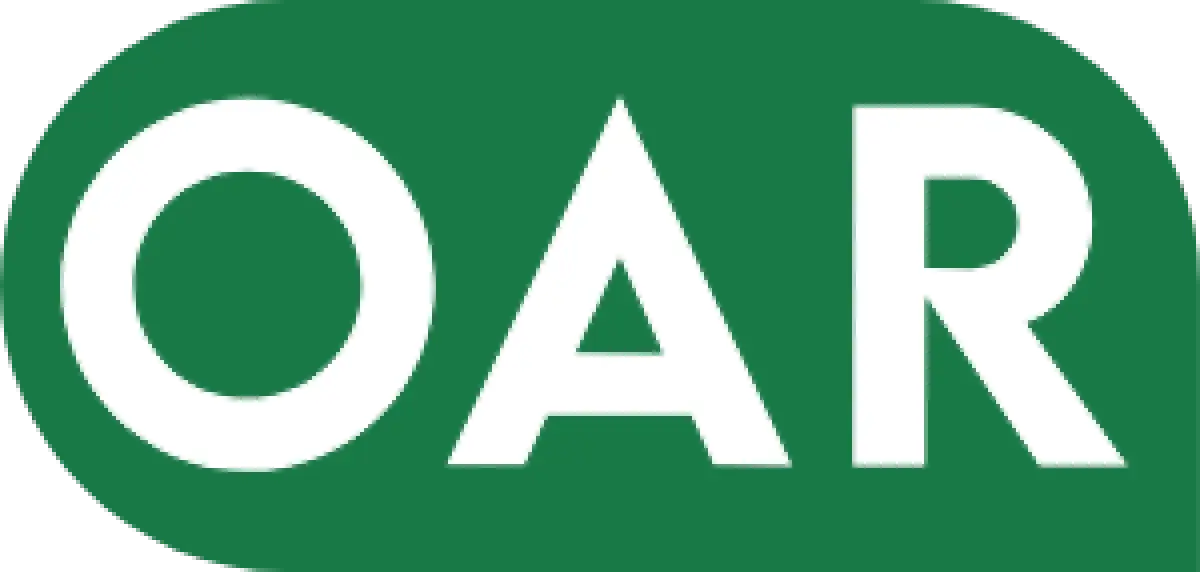How to Monitor Your Accounts Receivable - Best Practices
May 30, 2024

This involves overseeing outstanding invoices, implementing robust tracking systems, and taking early corrective actions when issues arise.
In this article, we will explore various methods and best practices for monitoring accounts receivable, helping businesses stay financially sound and competitive in today's fast-paced market.
Use Accounting Software for Monitoring
Accounting software boosts financial management by automating invoicing, tracking payment statuses, and identifying overdue accounts. Integrated reminders prompt timely payments, improving collection rates.
Additionally, it provides real-time financial insights through reports, integrates with other systems for streamlined operations, and analyses payment trends for strategic decisions. With security features guarding sensitive data, accounting software enhances efficiency, accuracy, and financial stability in managing accounts receivable.
Evaluate Customer Payment Behaviour
Assessing customer payment behaviour unveils valuable financial insights.
- Analyse interactions and patterns to spot trends and issues like frequent late payments.
- Tailor collection strategies with personalised reminders or incentives to address trends, requiring adjustments to receivables management.
- Identify high-risk customers requiring closer attention or alternative payment arrangements.
- Take proactive measures to prevent payment delays and defaults.
- Data-driven analysis refines credit policies to align with customer preferences and payment capabilities, ensuring effective receivables management.
Analyse Payment Trends and Patterns
Analysing payment trends reveals customer behaviours and flags issues early.
- Monitoring intervals pinpoint cash flow peaks and valleys, aiding financial planning.
- Identifying consistent late payers enables targeted strategies like stricter credit terms or personalised follow-ups.
- Understanding seasonal payment variations can help adjust credit policies and improve cash flow management.
- Advanced analytics tools can automate this process, providing real-time data and visualisations to detect anomalies, and aiding businesses in adapting their receivables strategies to changing market conditions.
Hire OAR to Improve Your Accounts Receivable
Maintain Clear Communication With Customers
Regular updates on account status prevent misunderstandings and ensure timely payments.
- Promptly send invoices and follow up with polite reminders before due dates, using professional language to foster positive relationships.
- Address customer queries promptly to demonstrate excellent service and resolve potential payment delays.
- Personalise messages to make customers feel valued and clearly outline payment terms in all communications.
- Regularly review and adjust communication strategies based on customer feedback and payment patterns to improve cash flow management and enhance customer satisfaction.
Review Ageing Reports
Reviewing ageing reports is crucial for effective account receivable monitoring. These reports provide a detailed breakdown of outstanding invoices, helping to identify overdue accounts. Regular analysis allows businesses to spot trends and address potential payment issues promptly.
Focus on following up on older debts to enhance cash flow and mitigate bad debt risks. Ageing reports identify customers with persistent late payments, suggesting a need for revised credit terms. By closely monitoring these reports, businesses can proactively encourage timely payments, fostering improved financial planning and stability.
Set up a System for Invoicing and Collections
Implement reliable invoicing software that automates the generation and distribution of invoices. To avoid confusion, ensure each invoice includes clear payment terms, due dates, and payment methods. Establish a consistent schedule for sending invoices and follow-up reminders.
Utilise the software to track payments and identify overdue accounts promptly. Regularly refine your invoicing and collections procedures based on best practices and customer input. An organised system boosts efficiency, minimises late payments, and optimises cash flow.
Conduct Periodic Reviews and Adjustments
Regularly analysing ageing reports helps identify overdue accounts and payment delay trends.
- Adjust credit policies and collection strategies to mitigate risks and enhance cash flow.
- Conducting regular audits of accounts receivable will help you promptly address any discrepancies.
- Engage with your finance team to discuss findings and implement necessary changes.
- Stay informed about market conditions and economic factors that may impact your customers' ability to pay.
- Regularly review and adjust your practices to maintain a healthy accounts receivable system and support your business's financial stability.
Contact Us to Manage Your Accounts Receivable
Track Key Metrics in Accounts Receivable
Monitor key metrics in your accounts receivable to gain insights into your business's financial health and performance. Utilise these metrics to make informed decisions and optimise your cash flow management strategies.
-
- Days Sales Outstanding (DSO) in accounts receivable measures how long a company takes to collect payment from customers after a sale. To calculate DSO, divide the accounts receivable balance by the total credit sales over a specific period, then multiply by the number of days in that period. High DSO may suggest collection inefficiencies, while low DSO indicates prompt customer payments, benefiting cash flow.
- Average Days Delinquent (ADD) measures the average number of days past the due date that invoices remain unpaid. To calculate ADD, sum the number of days each invoice remains delinquent past its due date and divide by the total number of invoices. High ADD implies consistent late payments, impacting cash flow and stability, while low ADD ensures prompt invoice settlements, smoothing cash flow.
- Accounts Receivable Turnover Ratio (ART) measures the efficiency of a company's credit policies and its ability to collect outstanding payments from customers. To calculate ART, divide the total credit sales by the average accounts receivable balance over a specific period, usually a year. A higher ART indicates that the company collects payments more frequently, while a lower ratio suggests slower collection processes.
- Collection Effectiveness Index (CEI) evaluates a company's efficiency in converting outstanding receivables into cash within a specific period. Divide the total cash collected by the total outstanding receivables, then multiply by the number of days in the period. CEI provides a percentage indicating collection effectiveness. Higher CEI values suggest more efficient collections, while lower values may signal issues with collections management.
- Best Possible Days Sales Outstanding (BPDSO) is the ideal scenario where all invoices are paid immediately. It's a benchmark for assessing accounts receivable efficiency, calculated by dividing total outstanding receivables by average daily credit sales. Lower BPDSO indicates swift payment collection and improved cash flow, while higher BPDSO implies payment delays.
Outsource Accounts Receivable Management
Outsourcing accounts receivable management enables businesses to streamline operations by entrusting tasks like invoicing, payment processing, and collections to external professionals. This shift allows companies to concentrate on core activities, fostering greater efficiency and accuracy in AR processes.
Outsourcing brings industry expertise and best practices to businesses, improving financial performance. Though it incurs costs, the benefits include heightened productivity and reduced overheads. Furthermore, outsourcing AR management mitigates risks linked to late payments and bad debts, bolstering cash flow and profitability.
 Author: Giles Goodman, Commercial Intervention Officer OAR
Author: Giles Goodman, Commercial Intervention Officer OAR
Giles Goodman is the definitive expert in cross-border commercial debt collection, mediation, legal recovery, and accounts receivable. Based in London, his 25 years of experience provide a global perspective on preventing defaults and efficiently managing overdue accounts. Giles’s insights and analyses empower business owners worldwide with strategic approaches to financial management and recovery.

Take control of your cash flow.
Streamline Vendor Onboarding & Boost Payments Worldwide.
Contact Us
OAR | Copyright 2025


